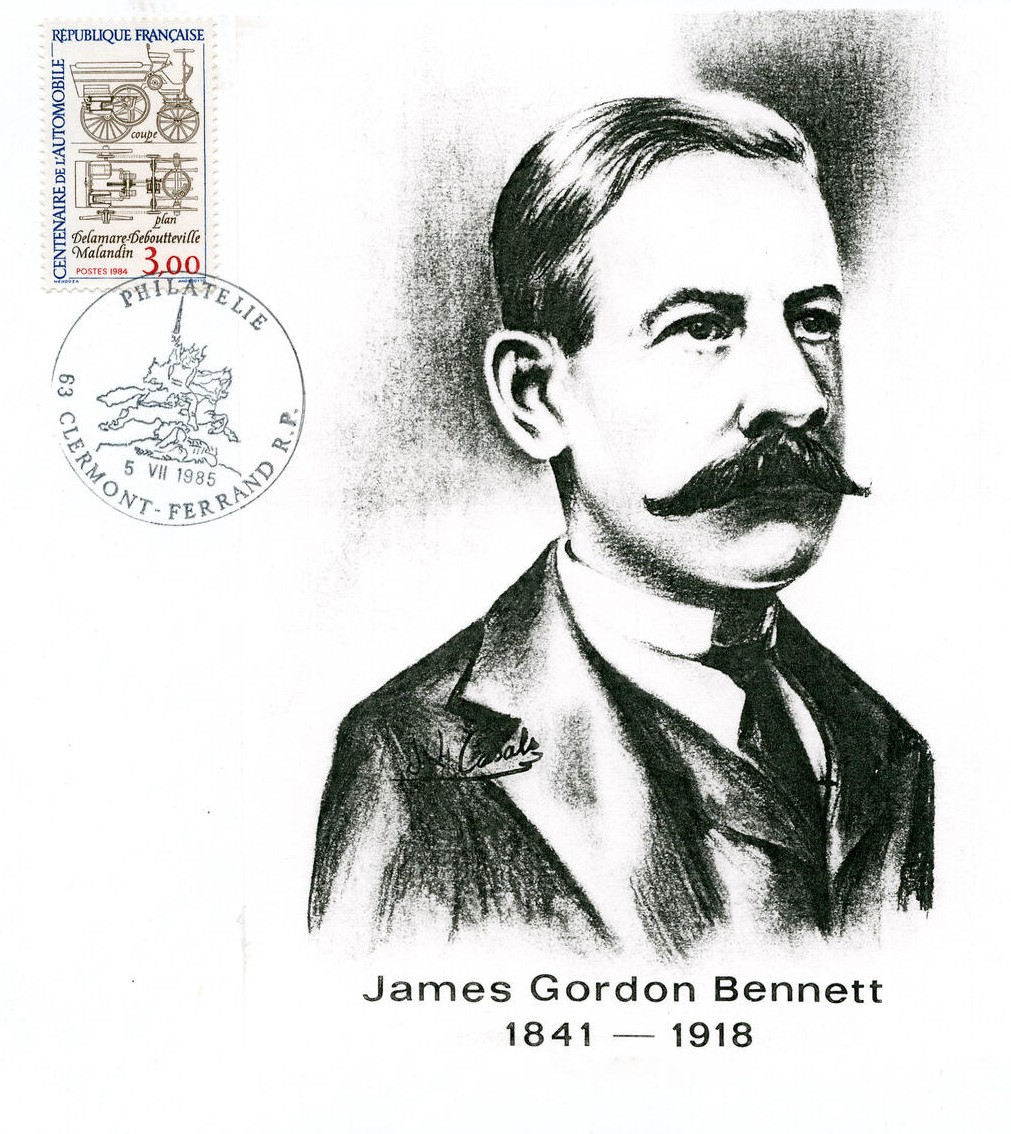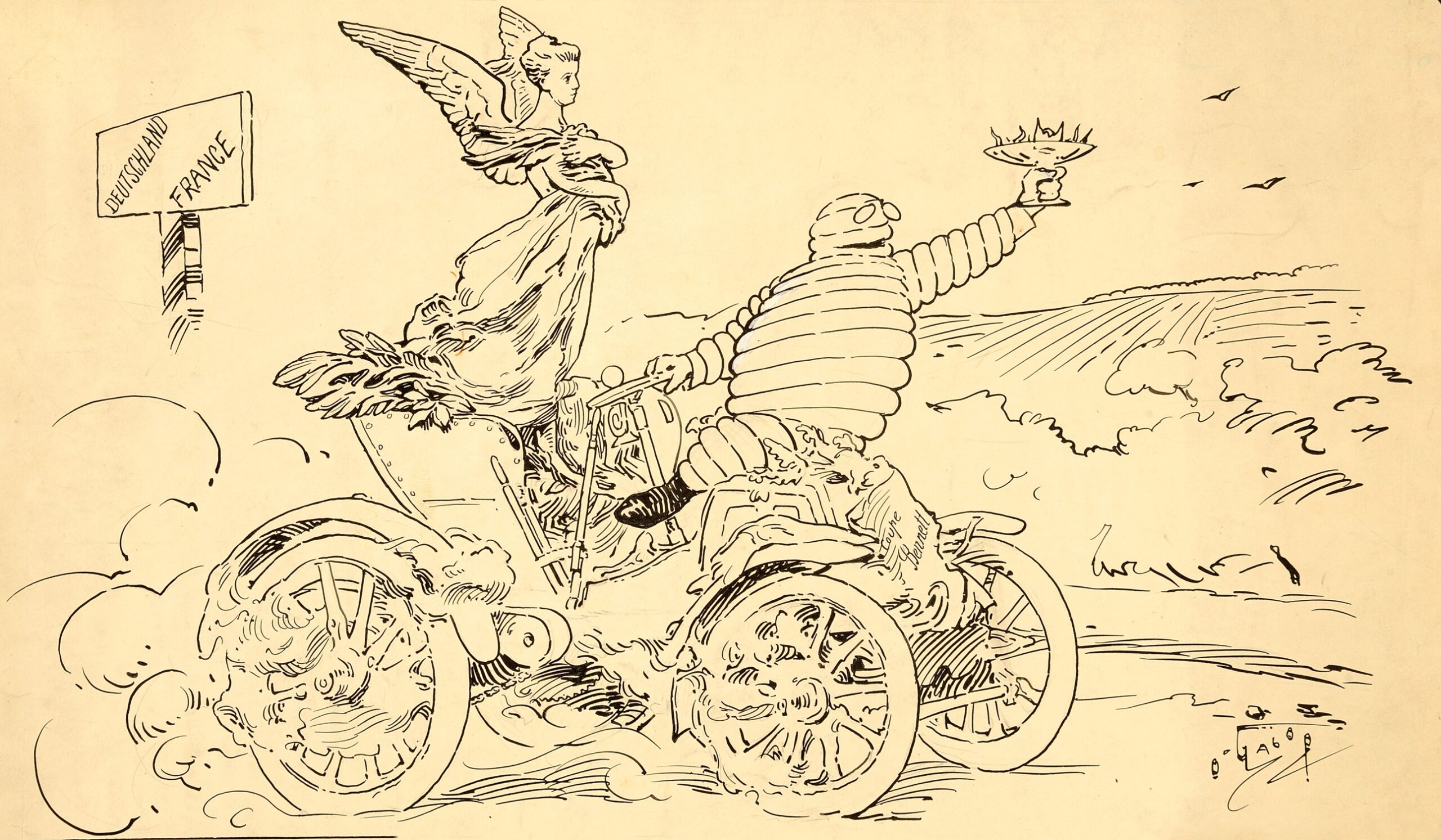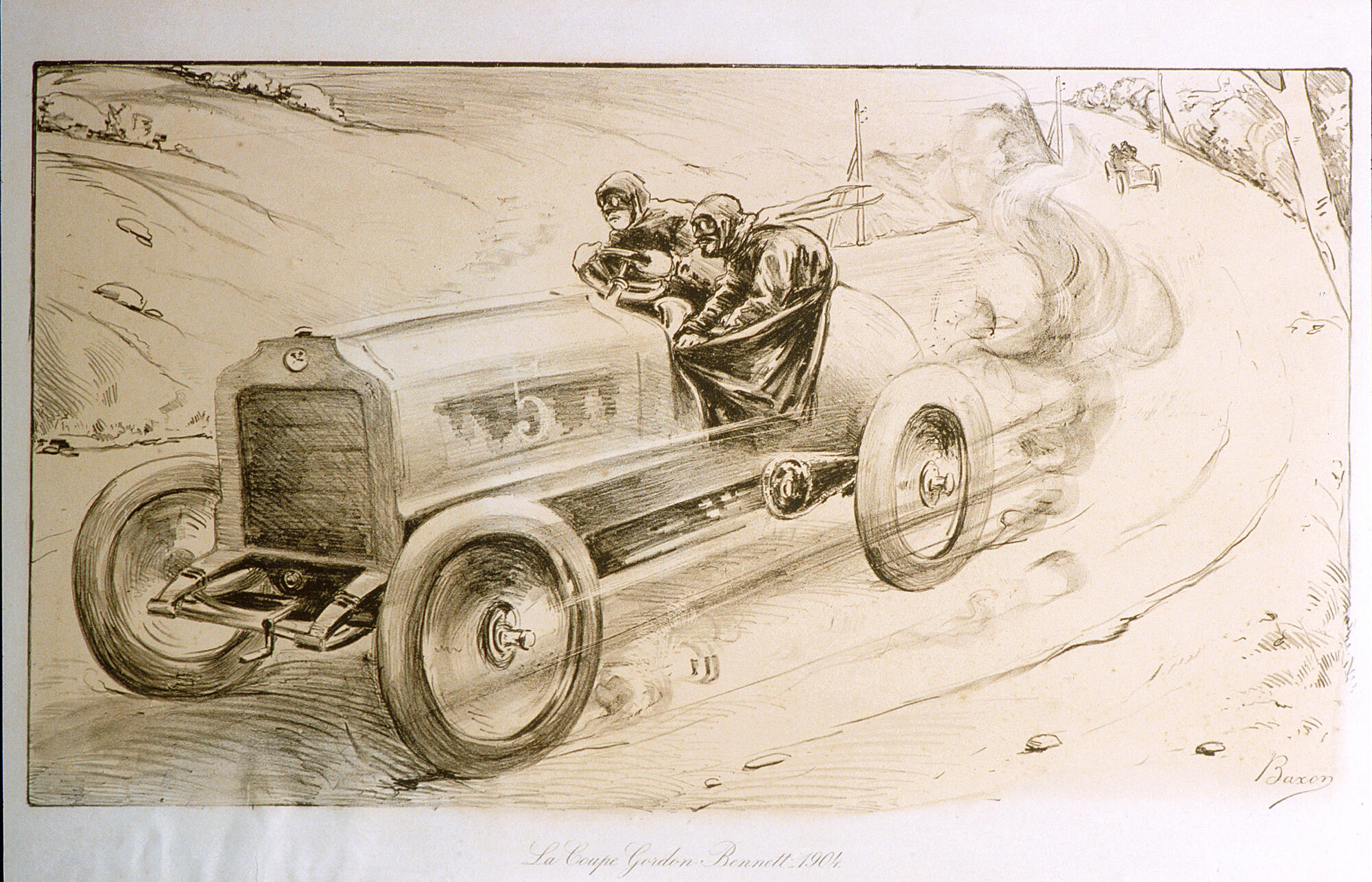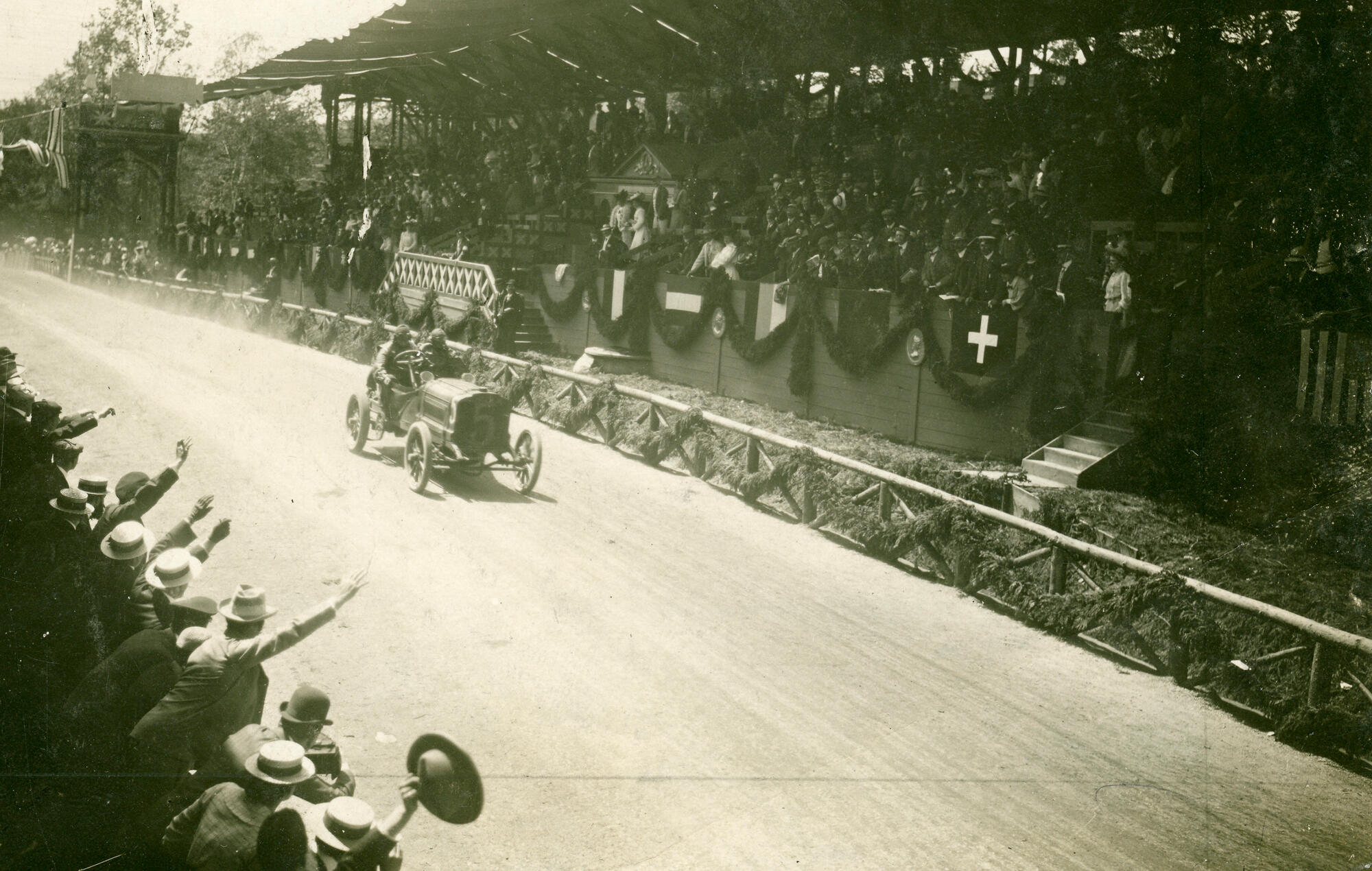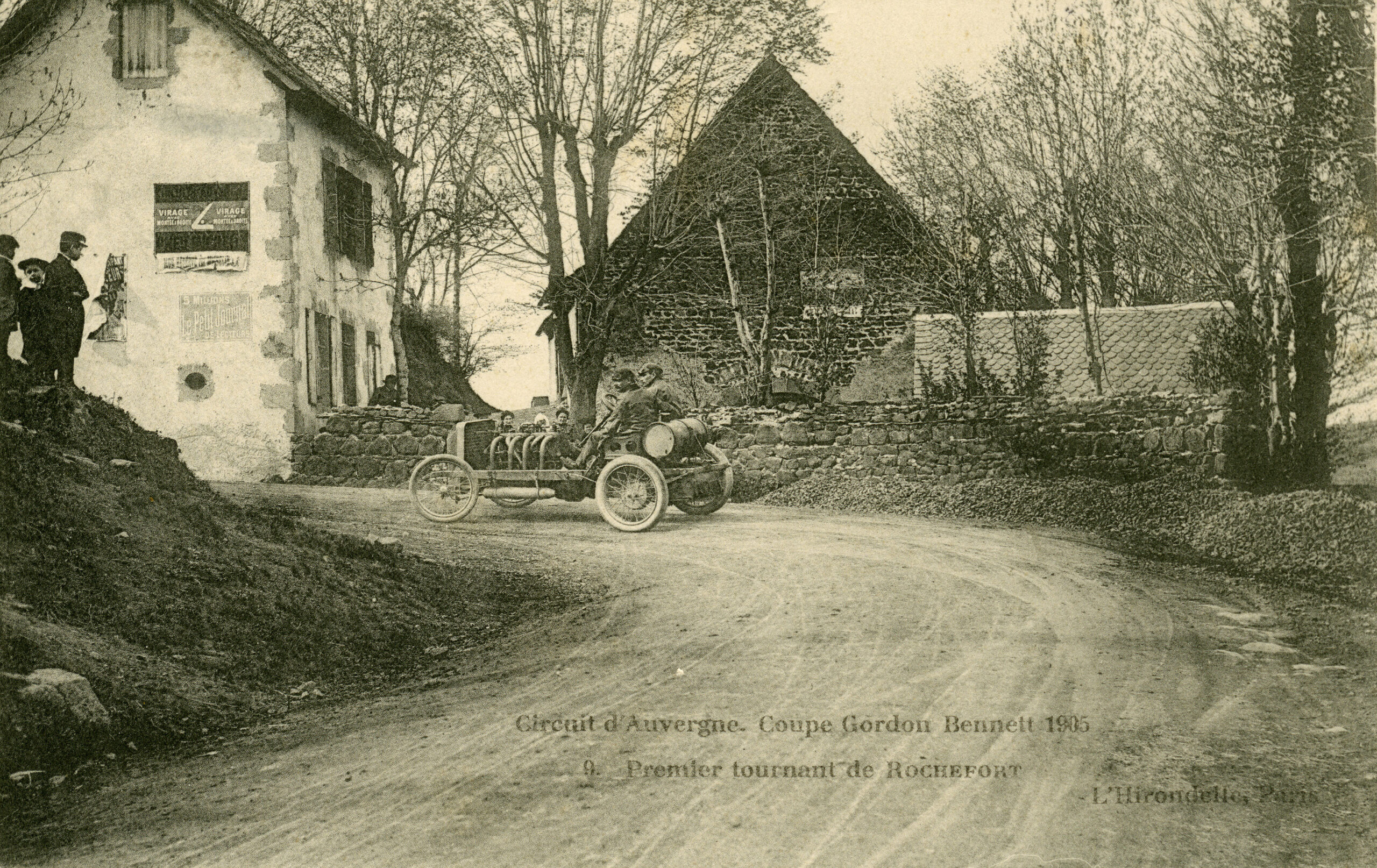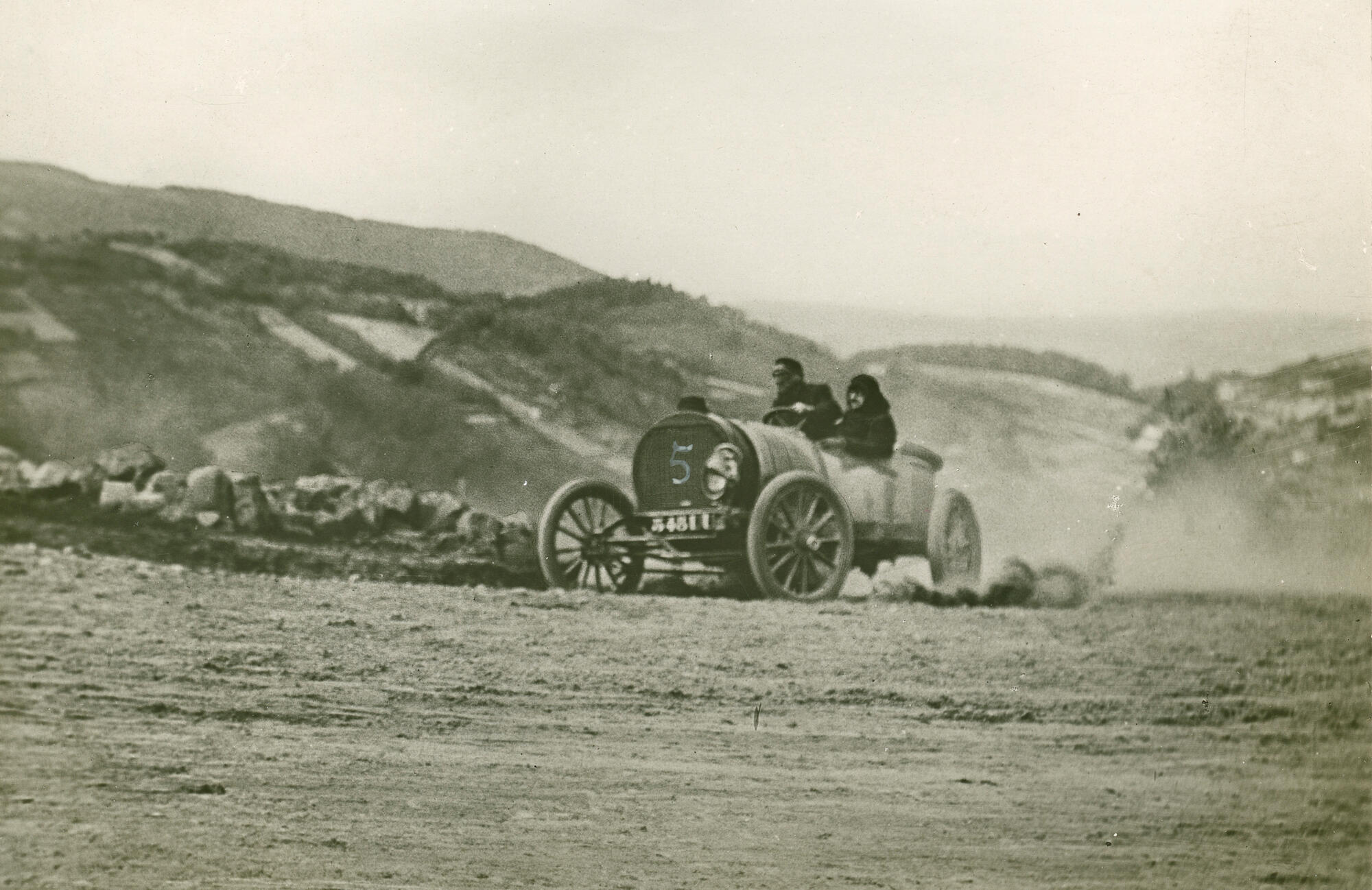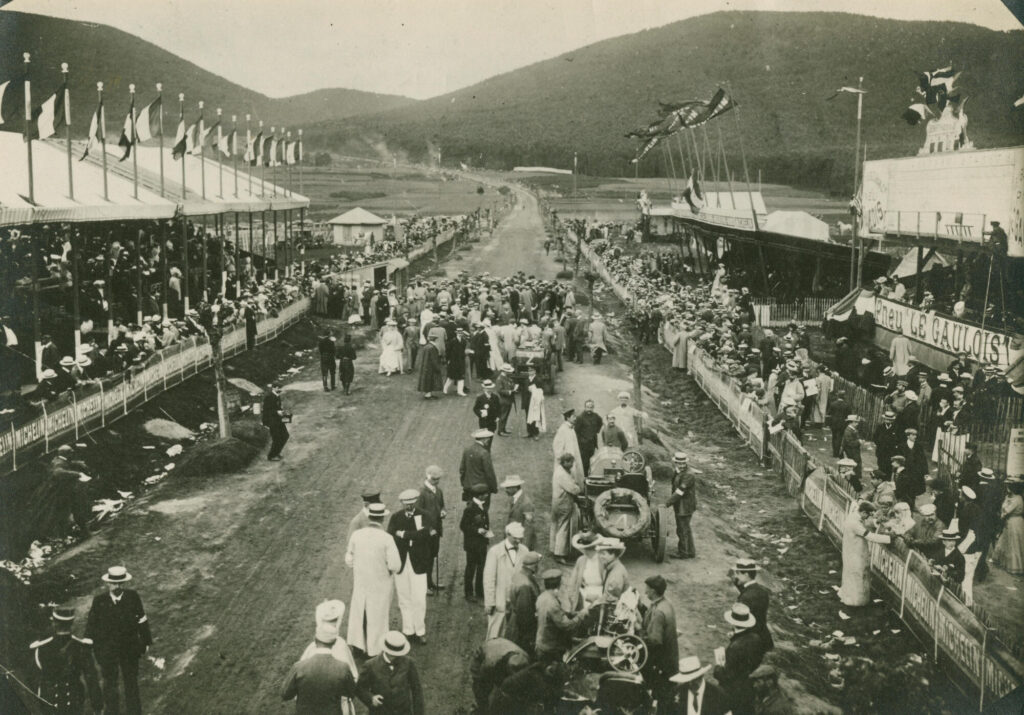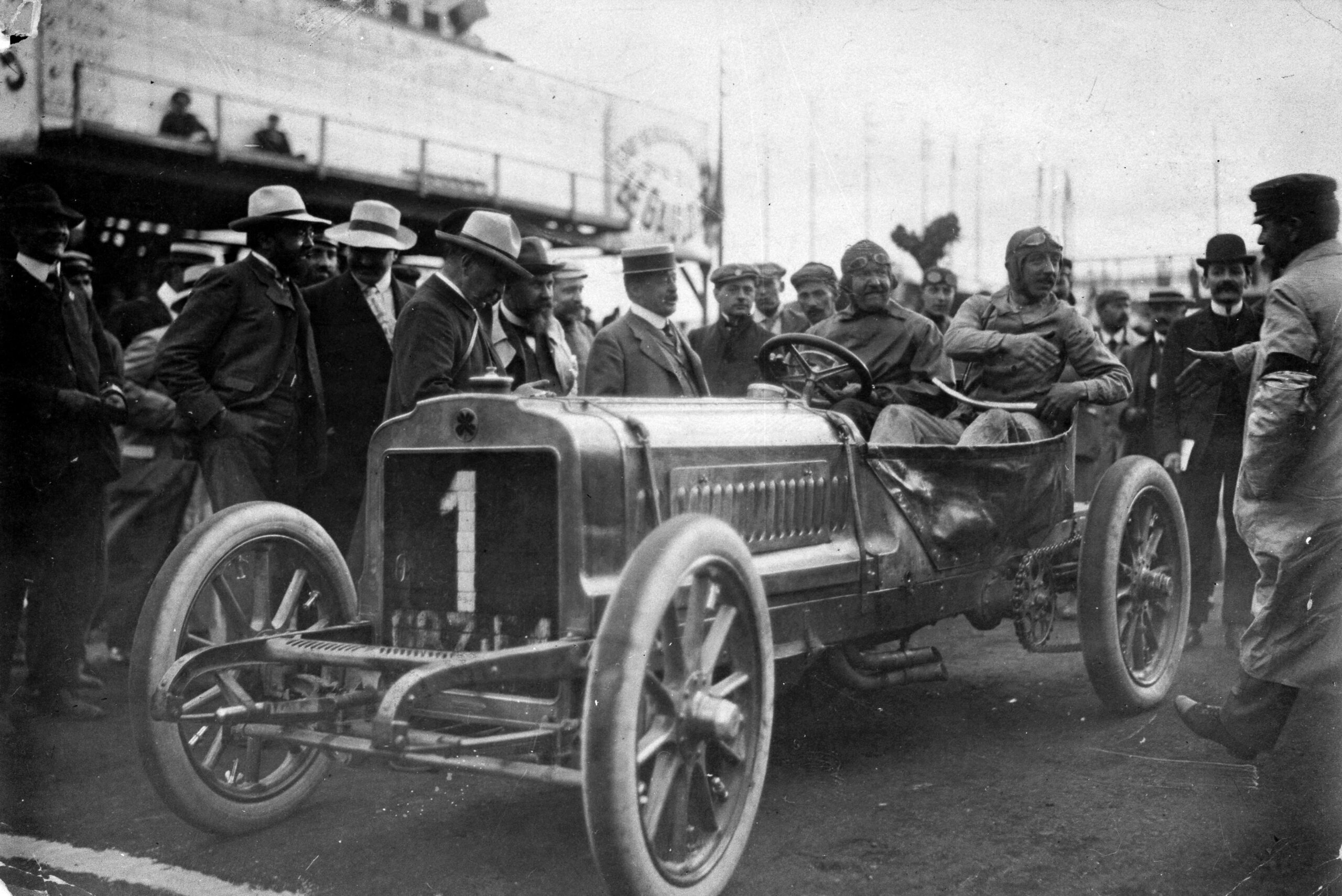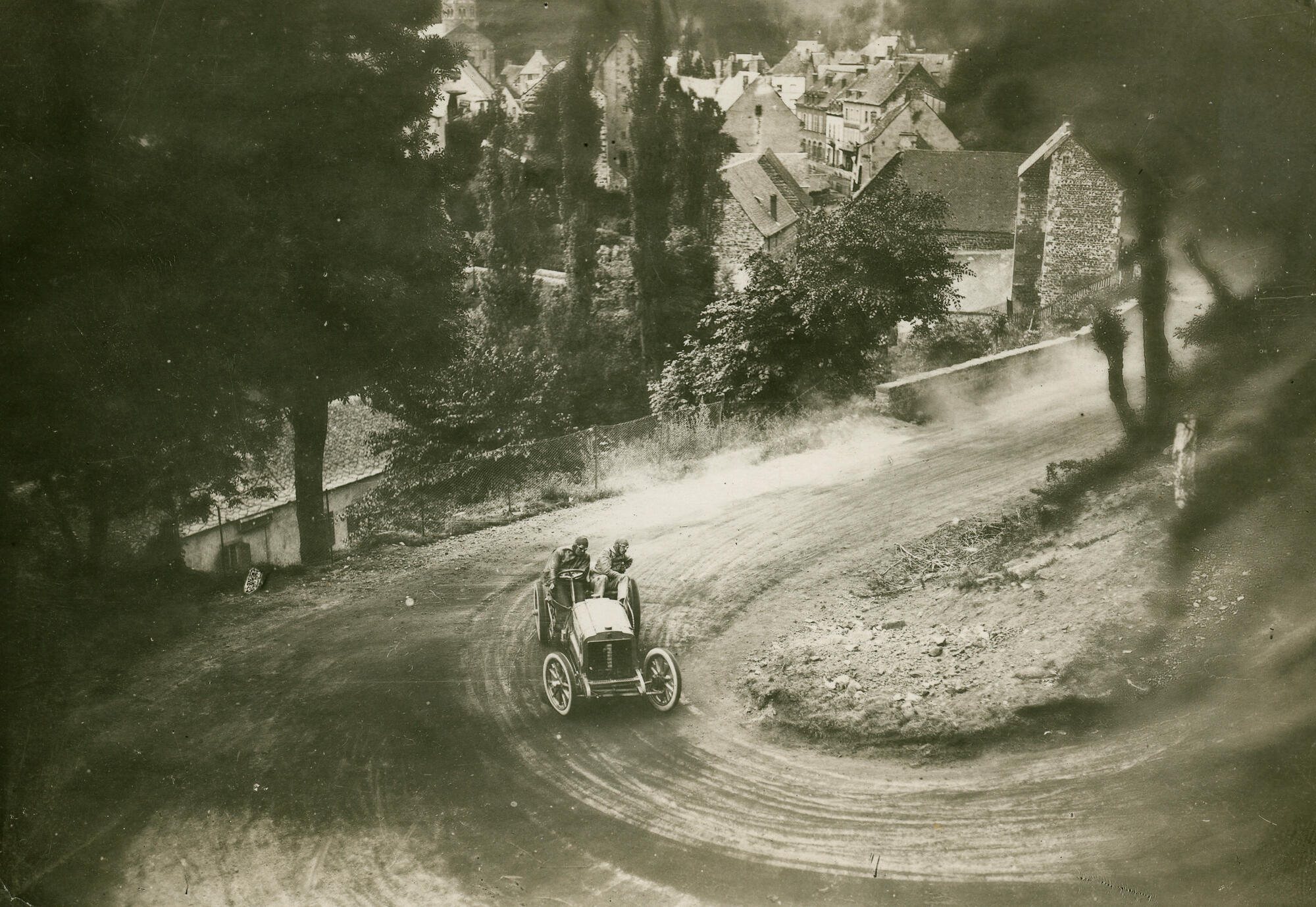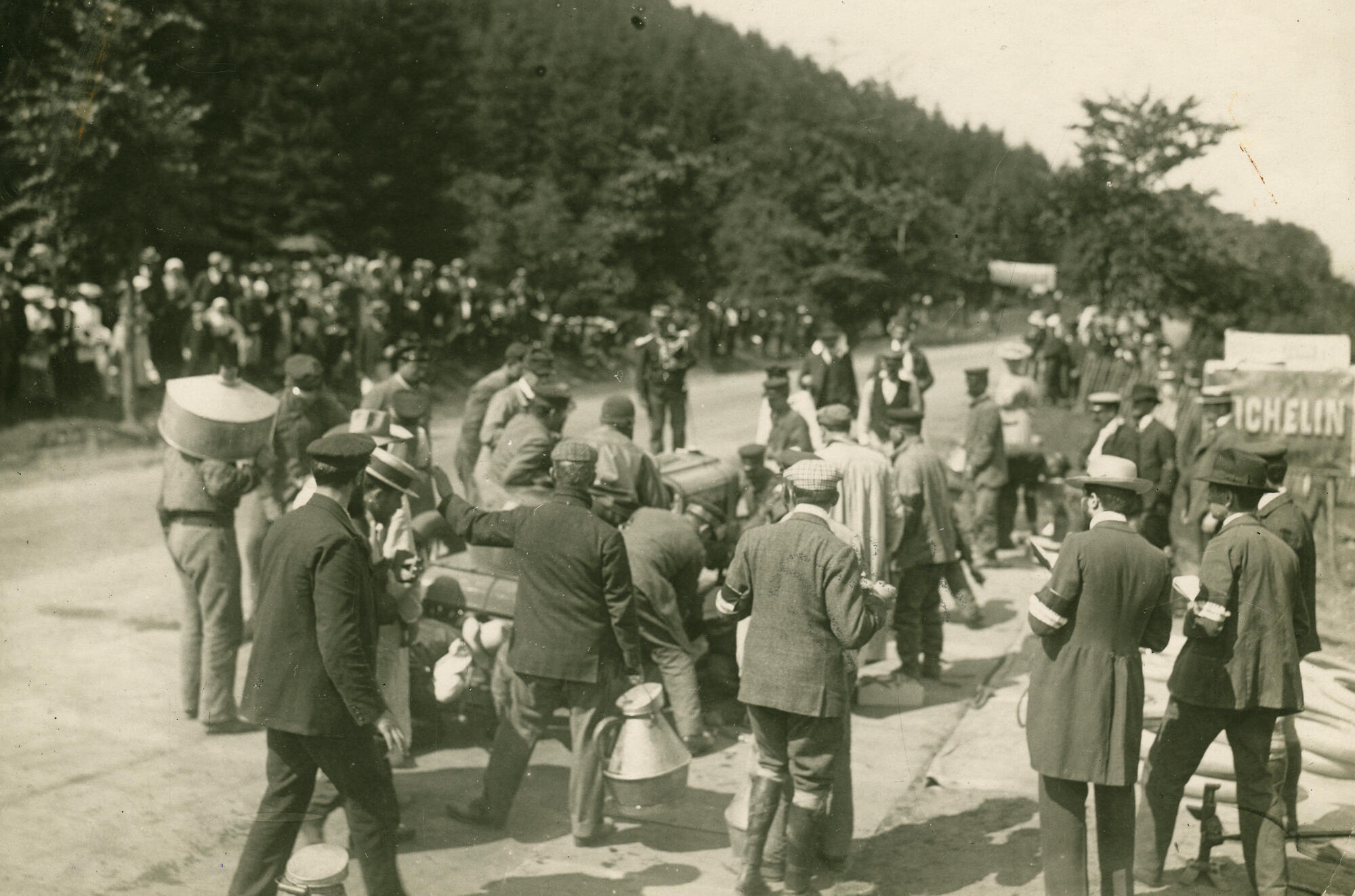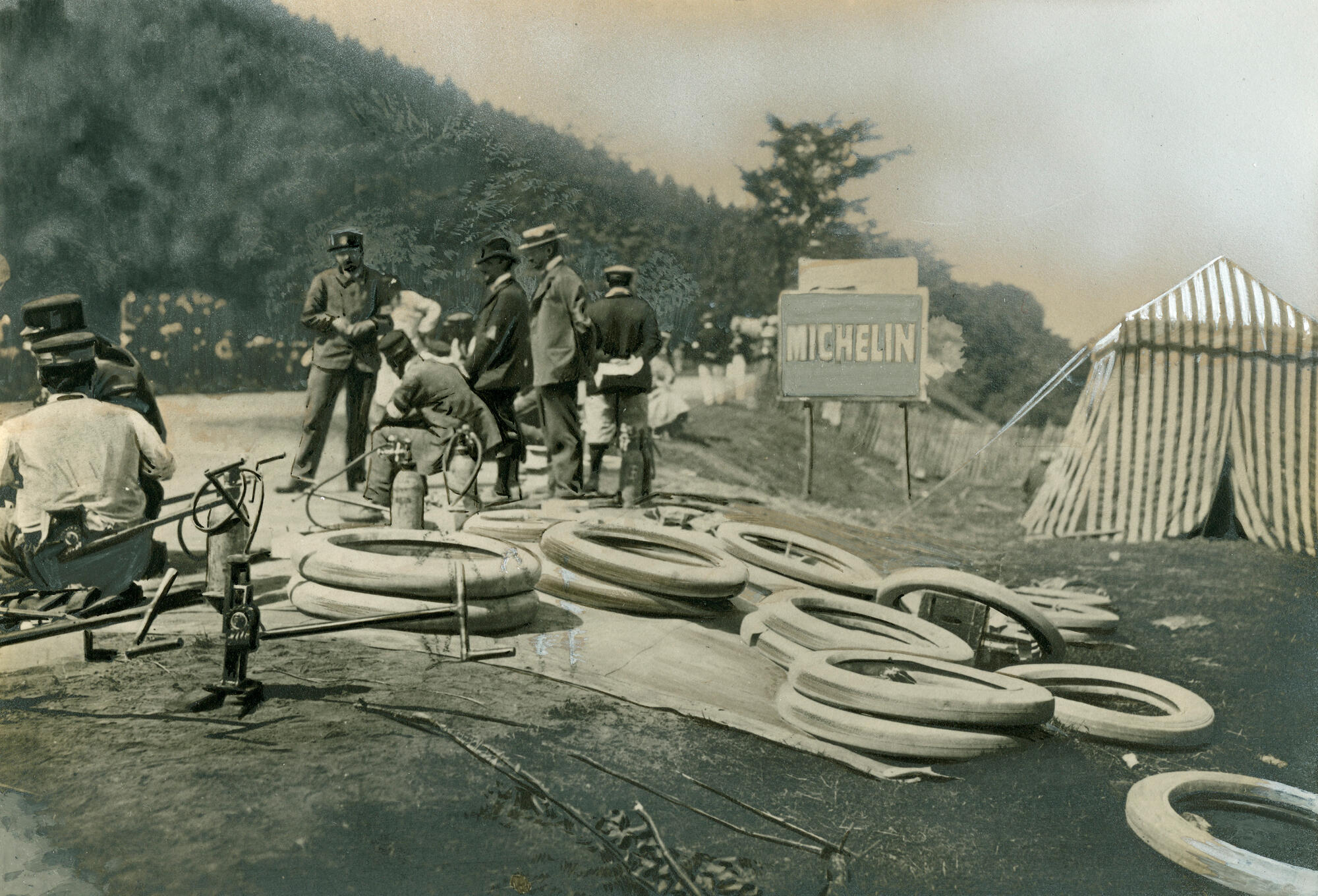
The legend of the Gordon-Bennett Cup, 120 years on!
The 120th anniversary of the Gordon Bennett Cup is the occasion for a temporary exhibition on this unprecedented international event in Auvergne.
A retrospective presented by l'Aventure Michelin...
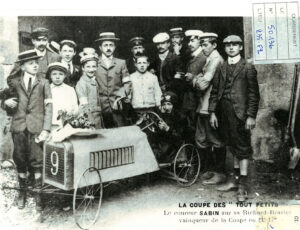

Budding champions
French children joined the movement in 1905, with a race held on a section of the main-event Auvergne circuit course, down the Côte de la Baraque. They modelled their soapbox gravity racers on cars driven by their illustrious heroes, and the winner—surname Sabin—raced his own version of a “Pope-Toledo”, complete with wheels from a baby carriage and a crankwheel for steering.
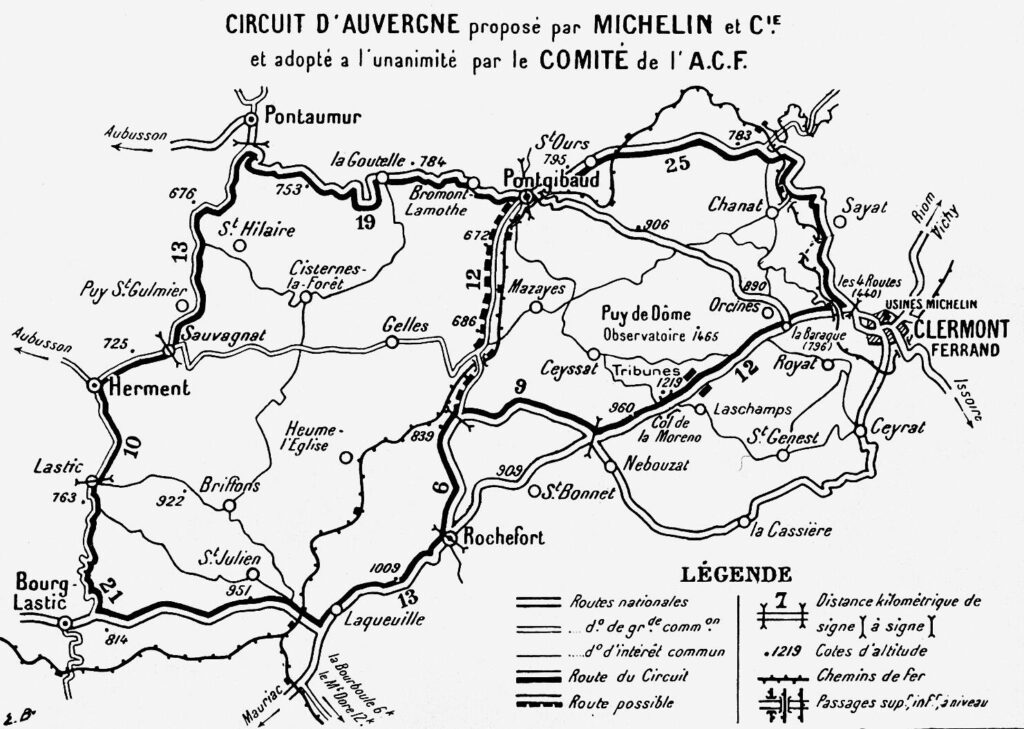
With thousands of spectators expected to attend, Michelin thought ahead, and put together a booklet and guide mapping out the circuit and listing the competitors entered, together with information on things to see, where to stay, and what to eat in the Auvergne—amounting, essentially, to a tourist guide.
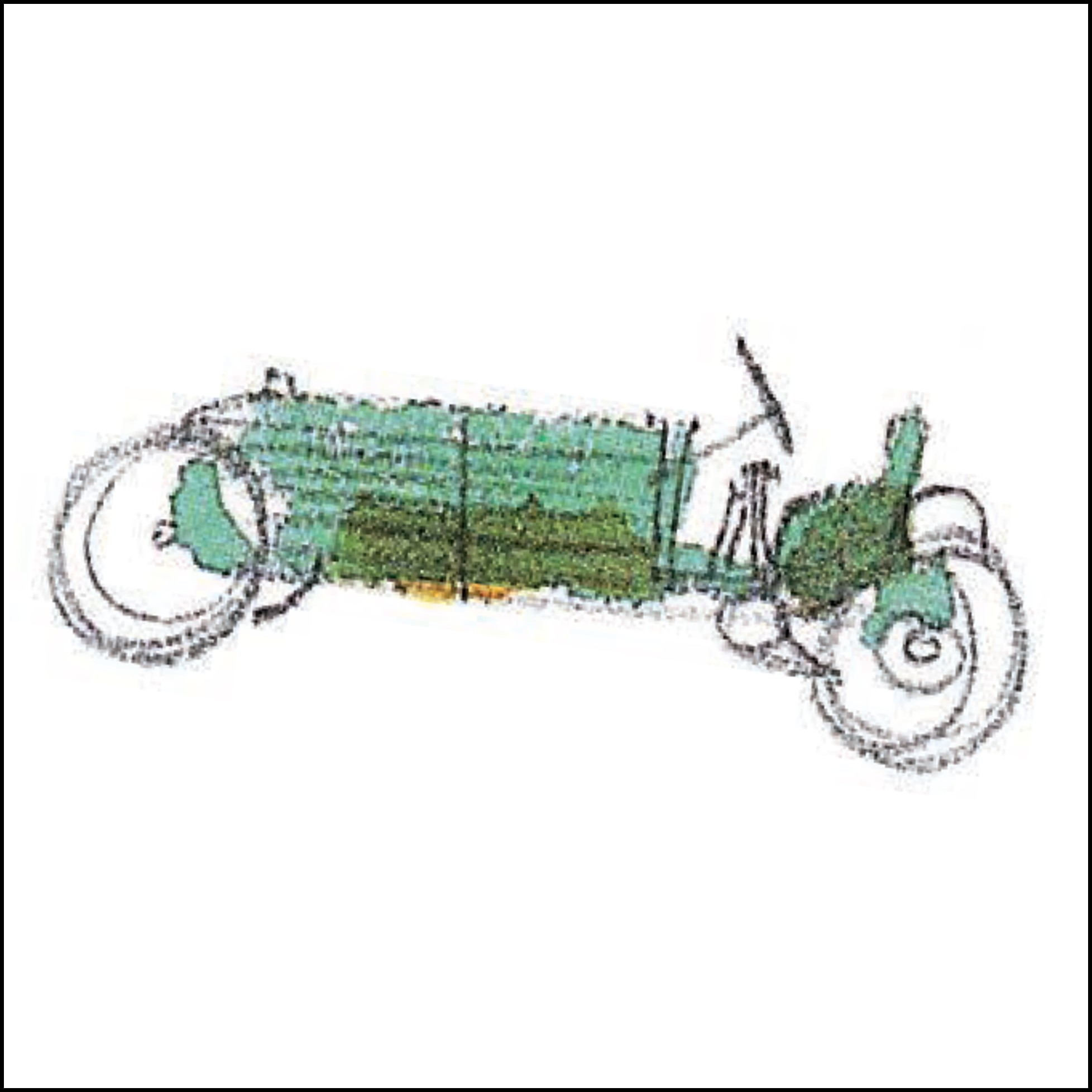
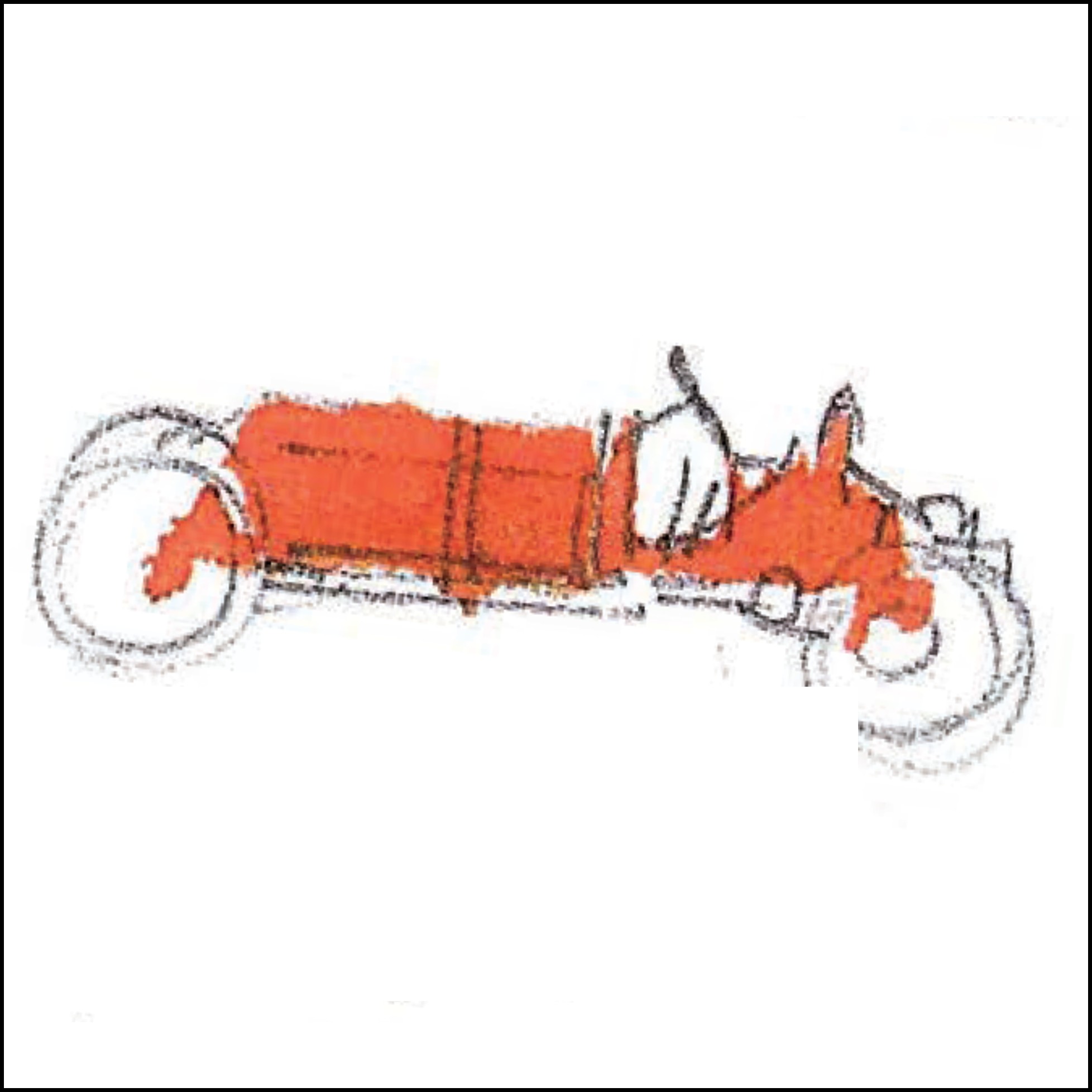
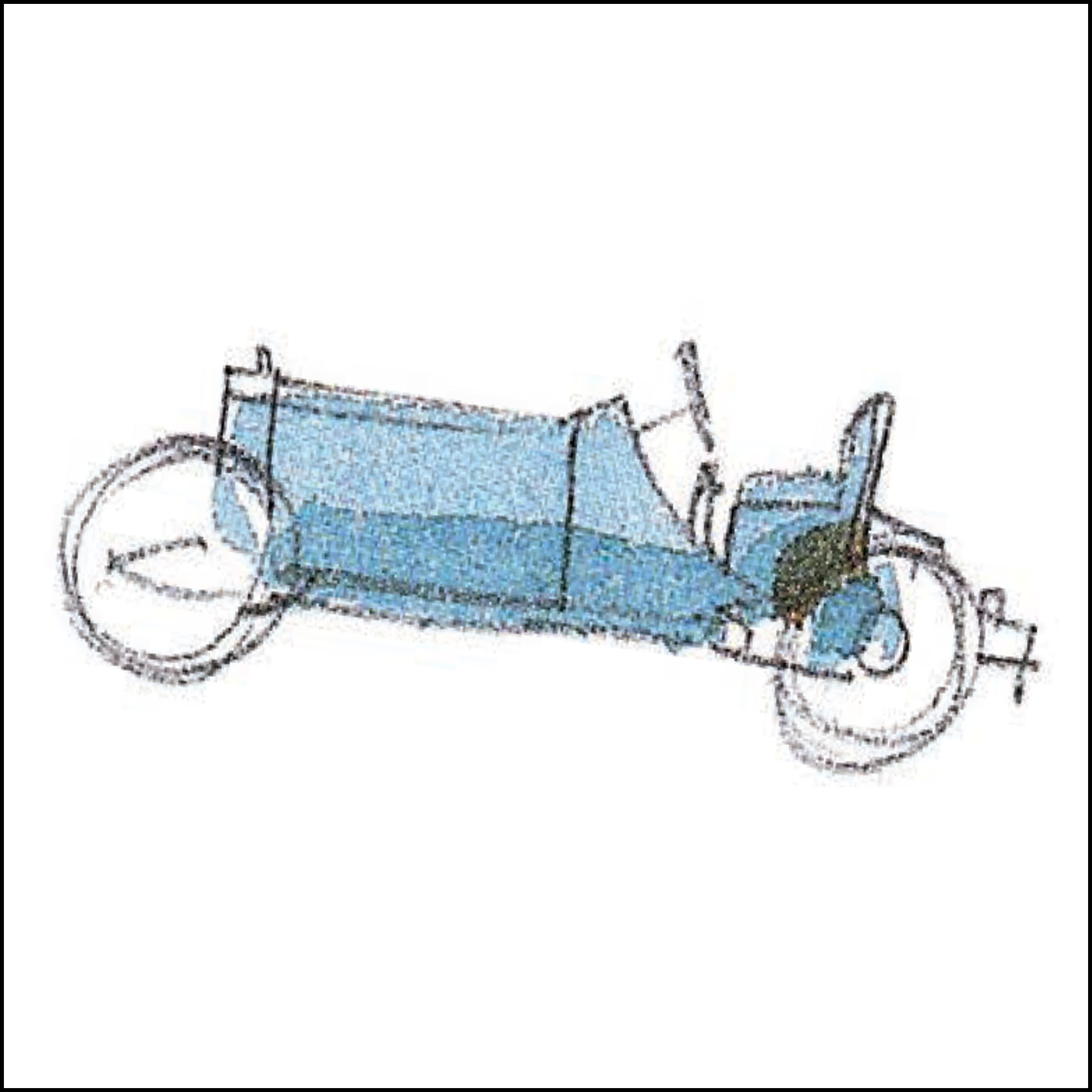
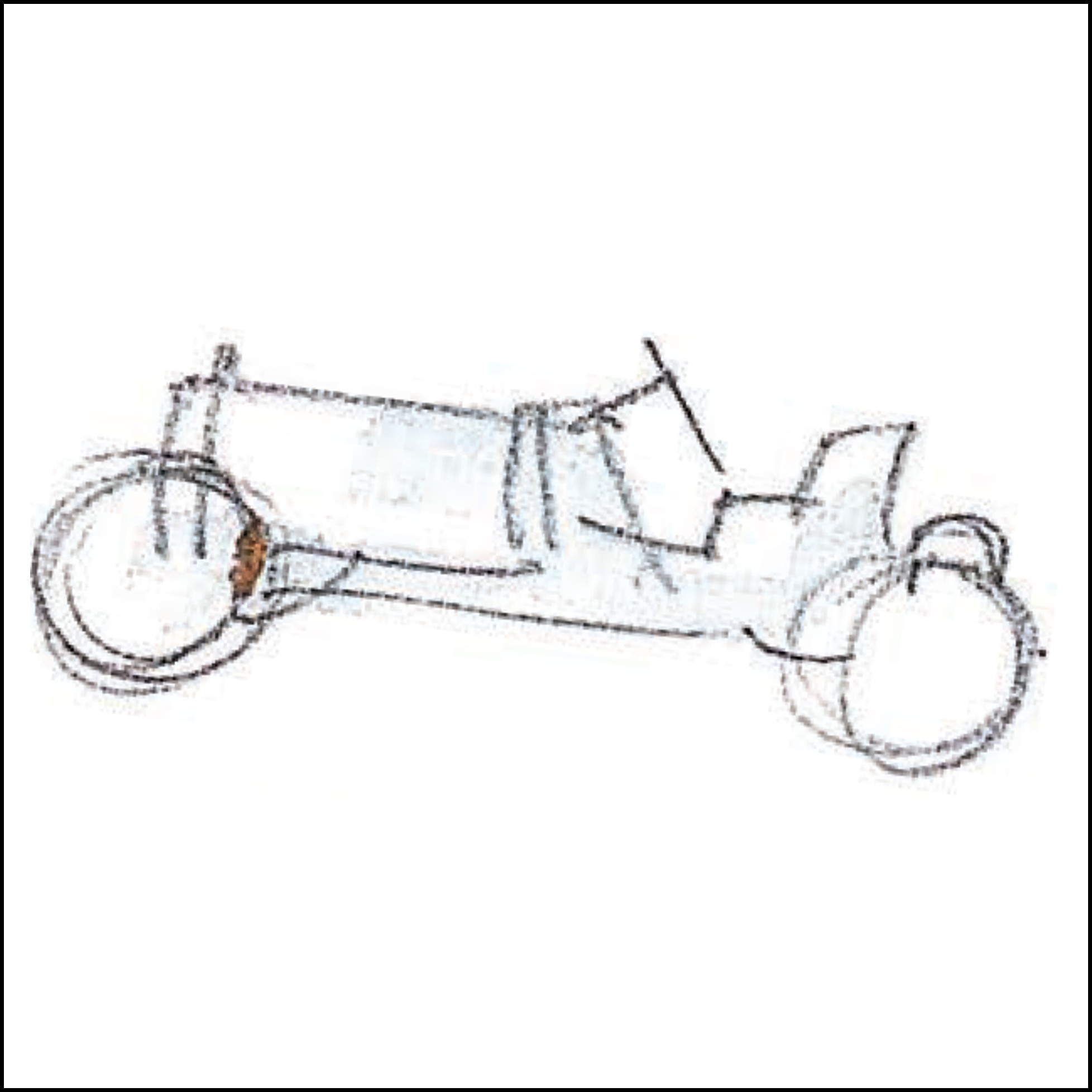
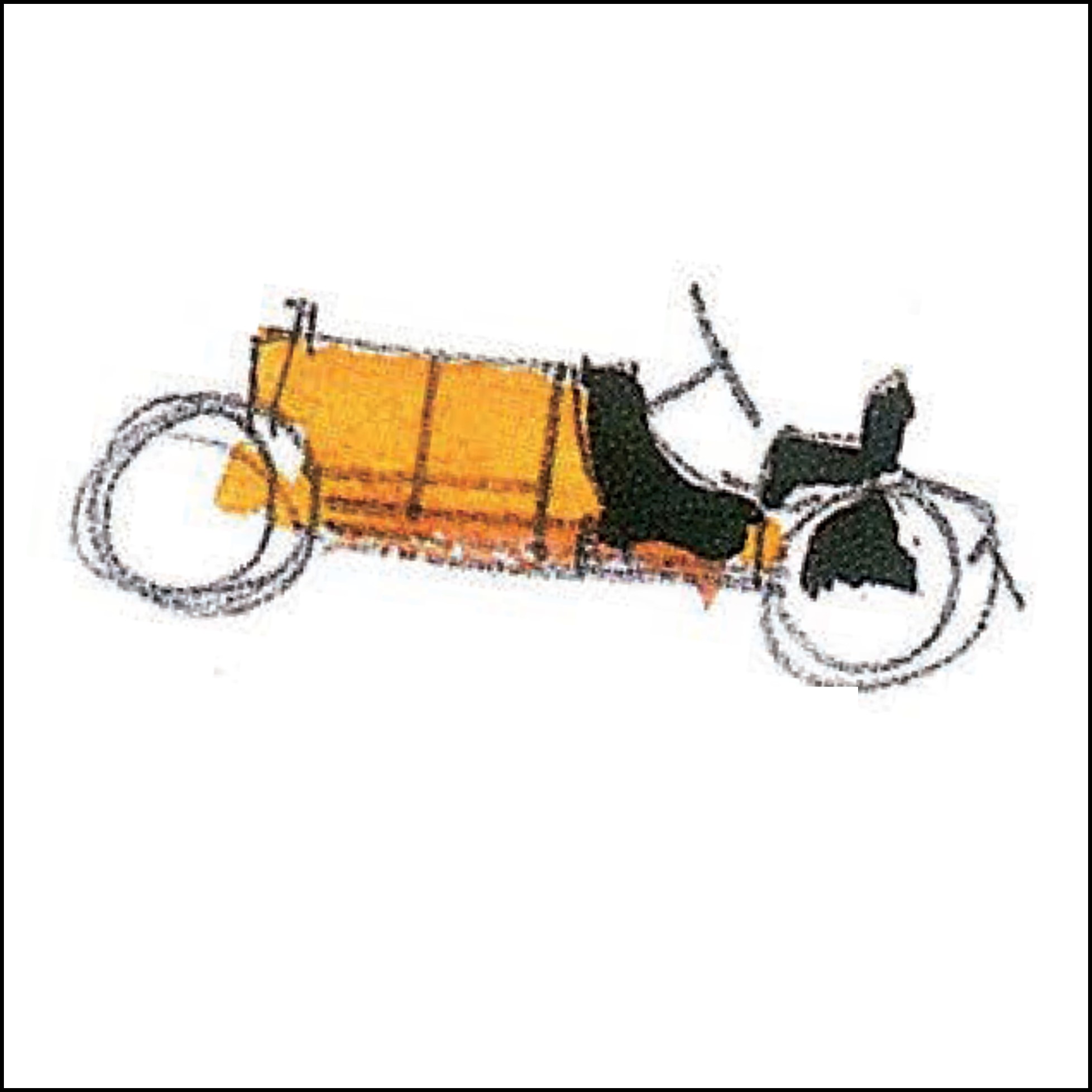
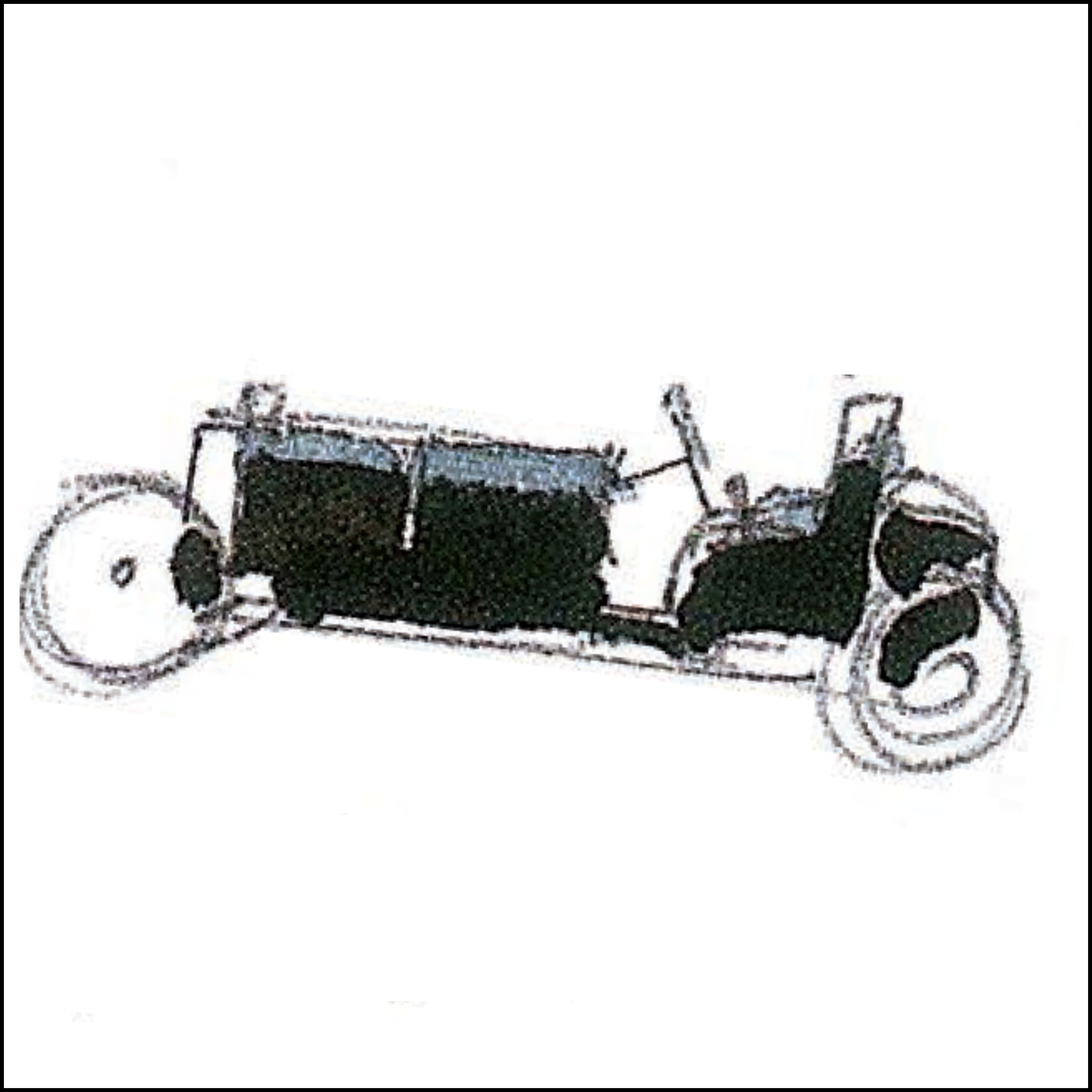
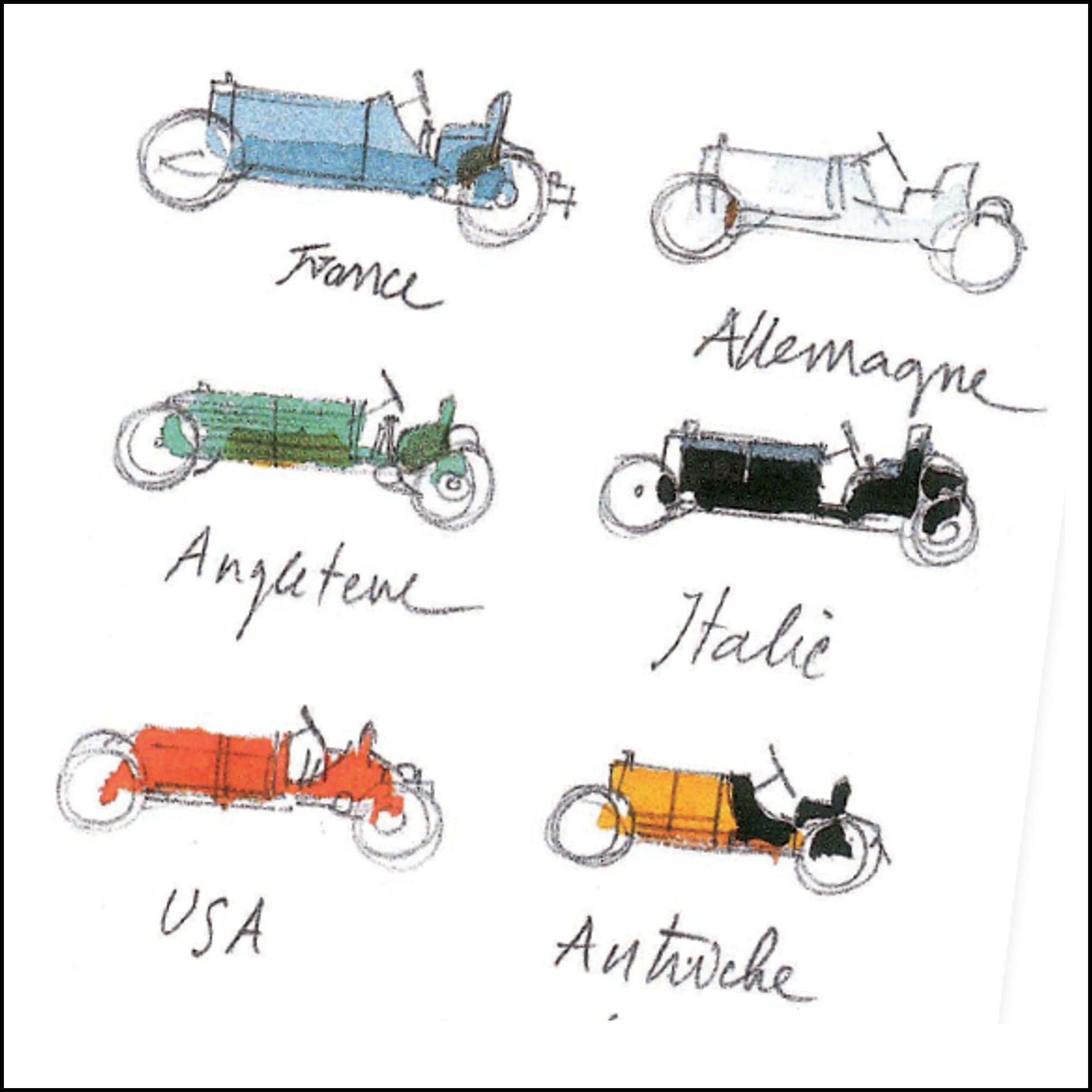
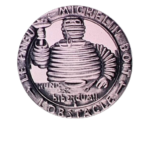
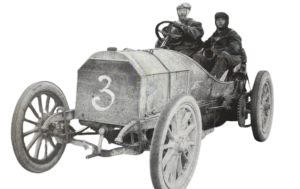
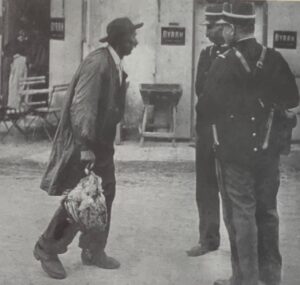

Complaint for a crushed chicken...
To avoid any problems, the Automobile-Club d'Auvergne had decided to ask each manufacturer for a provision of 200 francs to compensate the inhabitants of the circuit for the damage caused by the ‘crushing of birds by competitors’. A crushed chicken would be paid one franc, a duck one franc fifty and a goose two francs.
The Gordon Bennett Cup carried a reputation as a major international event with a massive audience, and advertisers jumped on the opportunity, producing postcards, flyers, hand fans, cups, balloons, toys, sweet tins, brooches, medals... anything they could find to help associate their brands with the prestige of the race. Michelin, as co-organizer, counted among the most prolific advertisers, producing collectable memorabilia that survives to this day.
